
AeroGenie — Your Intelligent Copilot.
Trending
Categories
Iraq Expands Aviation Training with Delivery of U.S. Bell 505 Helicopters
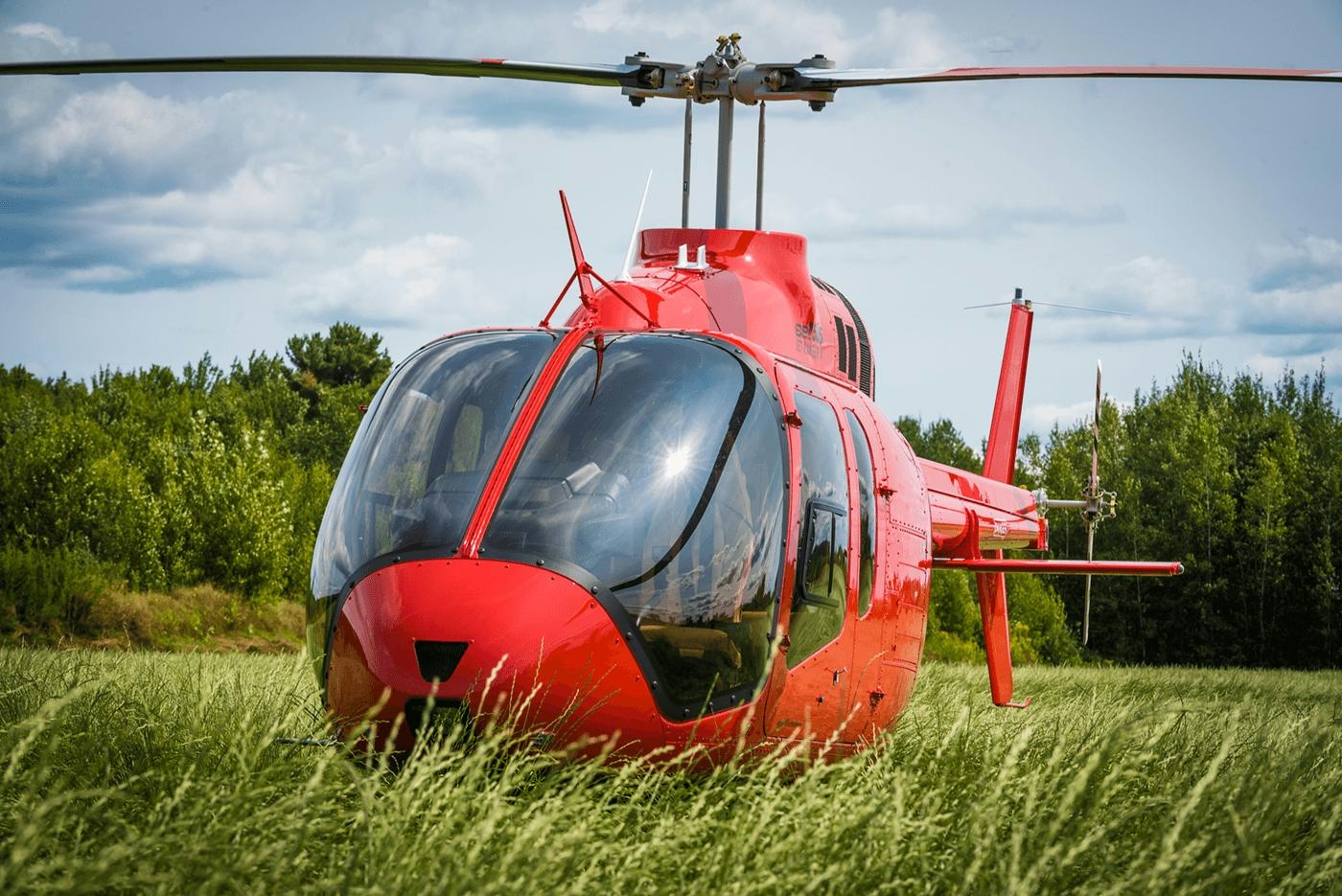
Iraq Expands Aviation Training with Delivery of U.S. Bell 505 Helicopters
Iraq has enhanced its military aviation training capabilities with the arrival of a second batch of eight Bell 505 Jet Ranger X helicopters, completing a 15-aircraft acquisition program for the Army Aviation Command. The latest helicopters were delivered to Martyr Brigadier General Mohammed Alaa Air Base on October 16, 2025, following an initial shipment of seven aircraft in August 2024, according to the Iraqi News Agency (INA).
Strengthening Pilot Training Infrastructure
The expanded Bell 505 fleet is set to become the cornerstone of pilot training at the Army Aviation College. Ministry spokesperson Major General Tahseen al-Khafaji emphasized that this acquisition represents a significant enhancement of Iraq’s rotary-wing pilot training capacity. The new helicopters will enable the country to increase the production of qualified pilots, supporting the modernization of its military aviation sector.
The Bell 505 is a contemporary, light single-engine helicopter powered by a Safran Arrius 2R turboshaft engine, delivering 505 shaft horsepower for takeoff. It features a dual-channel Full Authority Digital Engine Control (FADEC) system and a Garmin G1000H glass cockpit equipped with twin LCD displays and an integrated Engine Indication and Crew Alerting System (EICAS). These avionics closely resemble those found on more advanced military platforms, providing Iraqi pilots with relevant experience for future operational roles.
With a cruise speed of approximately 125 knots, a range of 300 nautical miles, and a service ceiling of 18,600 feet, the Bell 505 is well-suited for both basic and advanced training missions across Iraq’s diverse terrain. Its 1+4 seating configuration, flat cabin floor, and generous baggage space offer flexible arrangements for instructor-student interaction. The helicopter’s external load capacity of around 2,295 pounds and strong hover performance make it particularly effective for pattern work and operations in desert environments.
Optional safety features such as Helicopter Terrain Awareness and Warning System (HTAWS) and synthetic vision technology further align the Bell 505 with modern military standards while maintaining cost efficiency. These attributes have contributed to its adoption by military and law enforcement agencies worldwide.
Broader Context and Strategic Implications
Although the financial details of Iraq’s Bell 505 procurement have not been publicly disclosed, the U.S. State Department approved up to $300 million in late 2023 for Bell-contracted logistics support to Iraq. This support package includes maintenance, technical assistance, and field service representatives for multiple Bell helicopter models in Iraqi service, ensuring operational readiness as the new trainers enter active duty. Additionally, the U.S. Army recently augmented a Bell 412EPX contract for Iraq by $12.4 million, reflecting a broader effort to modernize the country’s rotary-wing fleet.
Iraq’s investment in the Bell 505 occurs amid a competitive global market for military helicopter training platforms. The U.S. Army’s ongoing competition between Boeing and Leonardo for training contracts, alongside Bell’s efforts to secure deals—including discussions with Ukrainian agencies for AH-1Z and UH-1Y helicopters—illustrate the dynamic nature of this sector. Furthermore, the U.S. Army’s plans to accelerate delivery of the Bell MV-75 tiltrotor aircraft underscore intensifying competition among major manufacturers to provide advanced training solutions.
The Bell 505 is expected to establish a disciplined training pipeline for Iraqi instructors, covering fundamental procedures as well as advanced tactics such as instrument navigation, confined-area landings, and night operations. Its versatility also supports reconnaissance, medical evacuation drills, and liaison missions, positioning Iraq to standardize and elevate its military aviation training amid evolving regional and industry challenges.

The Leading Widebody Aircraft in Service Today
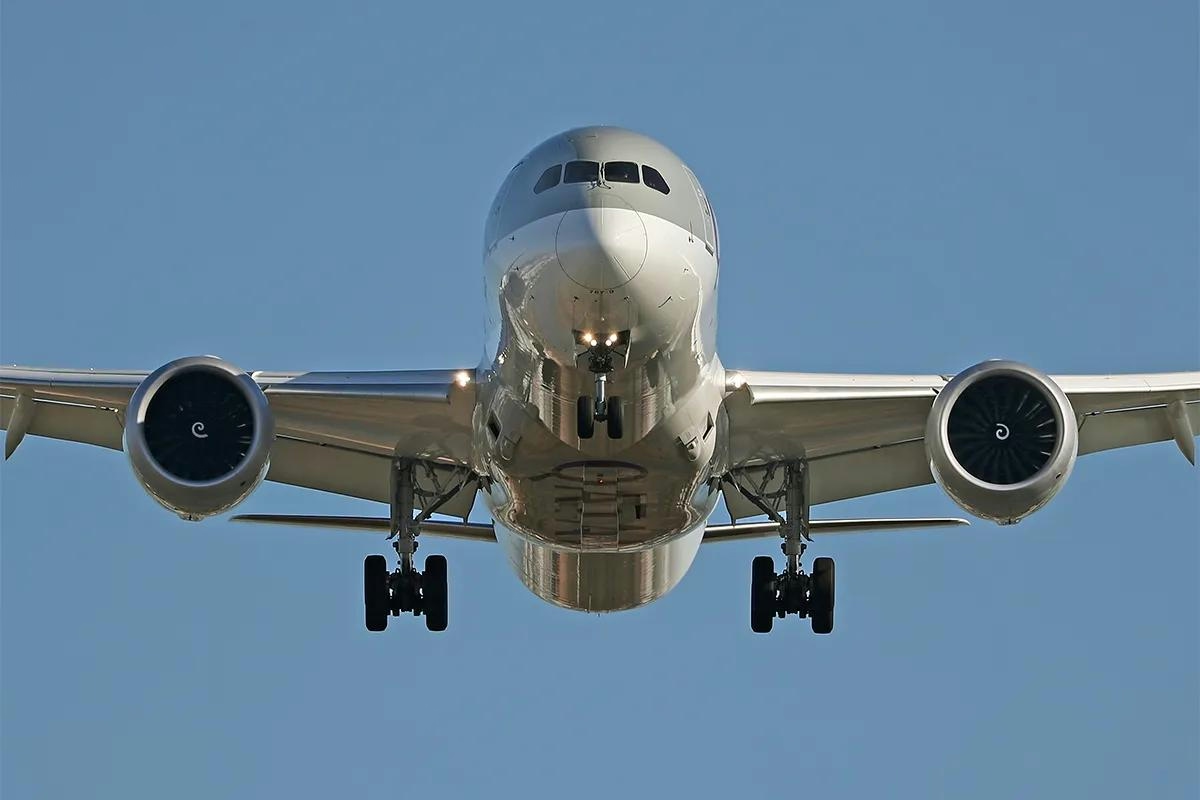
The Fastest Boeing Jet Currently in Service

Quintana Roo Secures $24.3 Million Deal for MRO and Cargo Services

This Week on America Builds: Advanced Air Mobility

Textron Aviation Appoints Justin Salmans Senior Vice President of Supply Chain

Delivery Delays and Canceled SAF Projects Prompt Focus on Fuel Efficiency
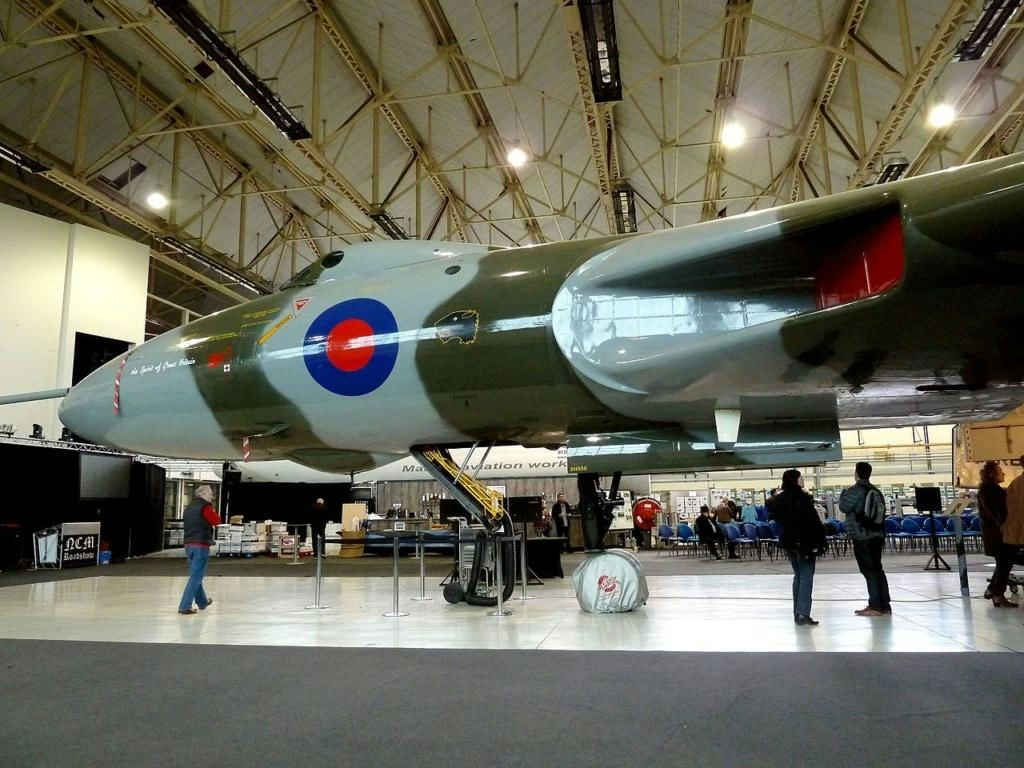
Avro Vulcan XH558 Engine Runs Scheduled at Doncaster Sheffield Airport in 2026
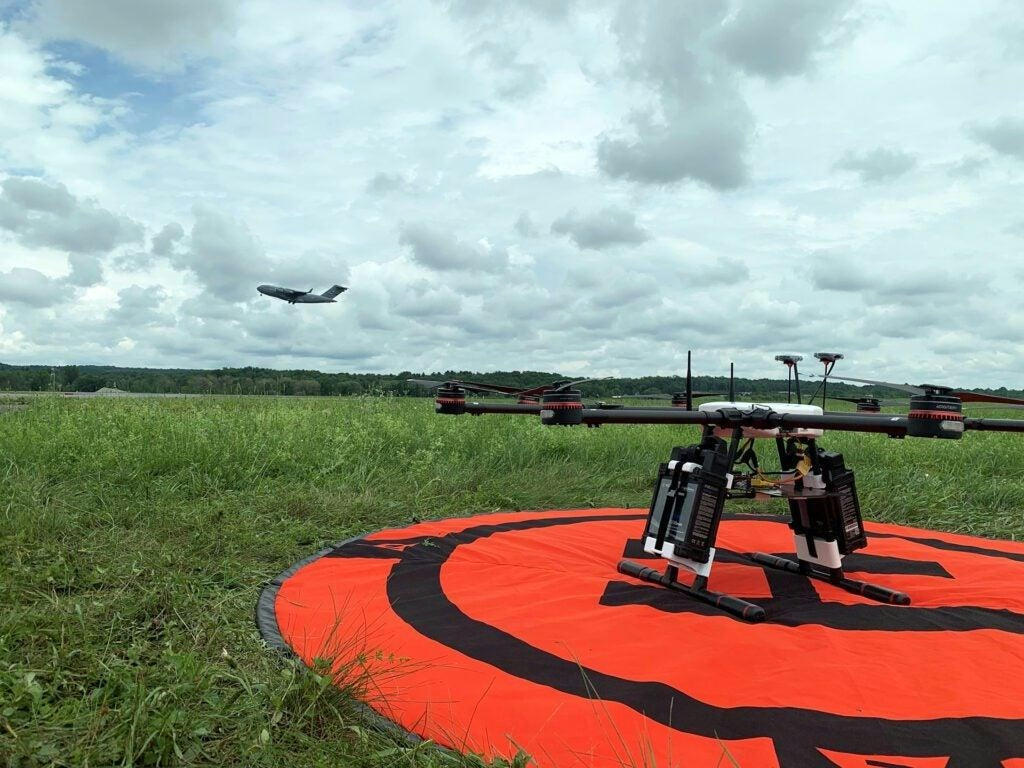
FAA Advances Integration of Manned and Unmanned Aircraft
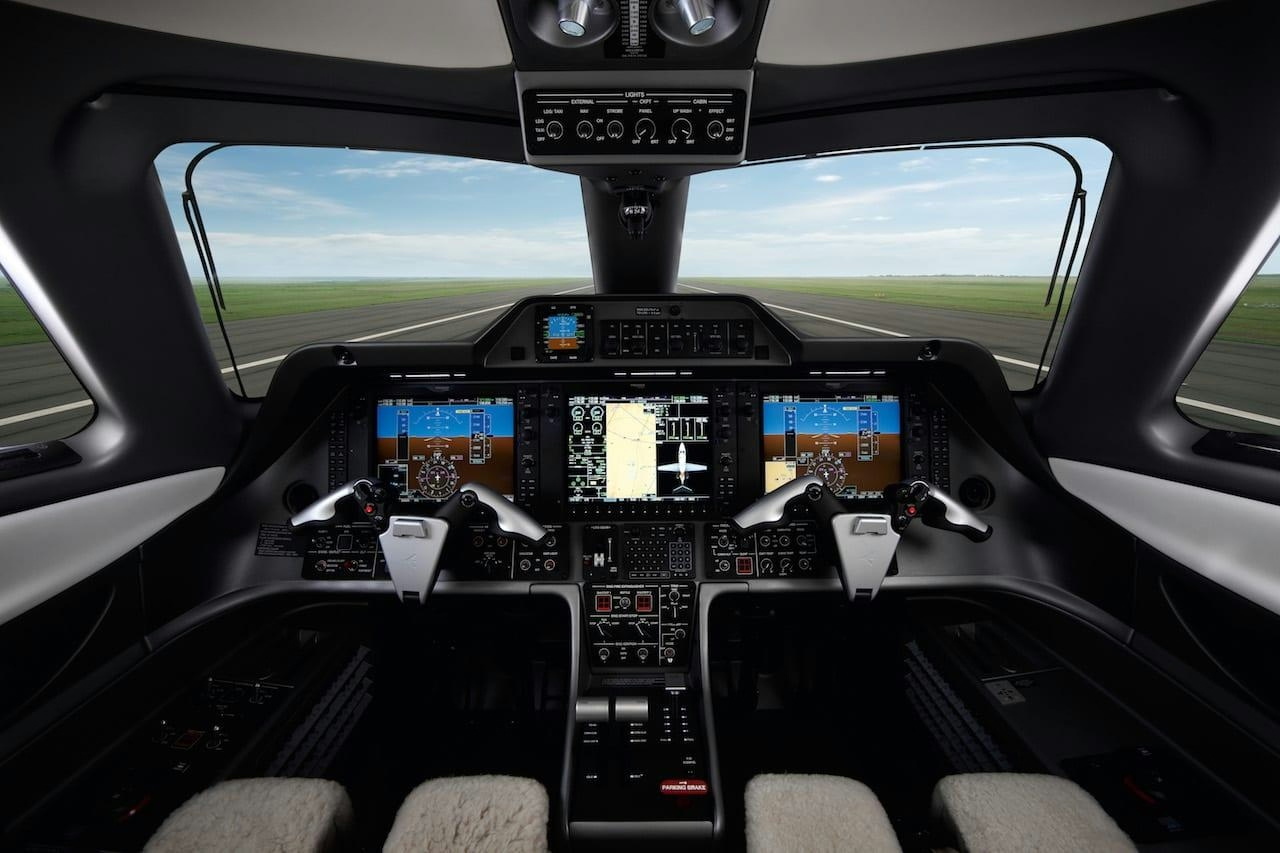
Embraer Unveils AI-Driven Smart Planning Solution
